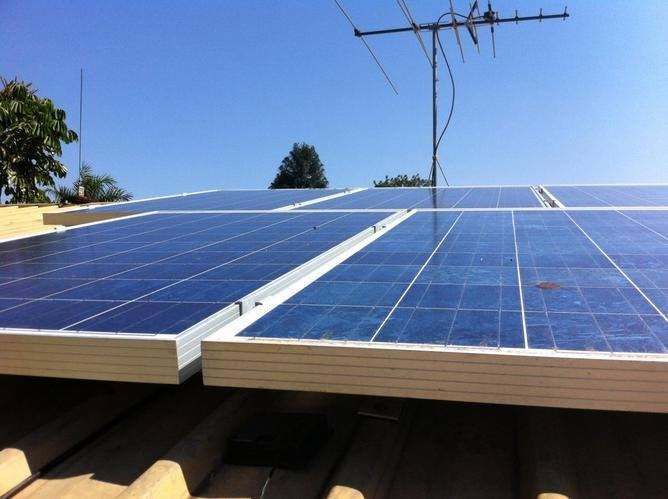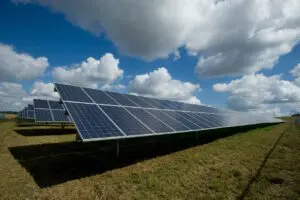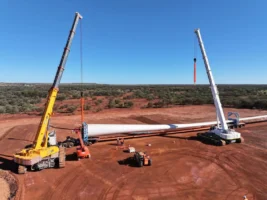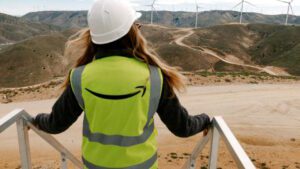The 1,805MW of solar PV capacity on the rooftops of Queensland homes and business now amount to be the biggest power station by capacity in the state, overtaking the 1,780MW of the Gladstone coal fired power station.
 The milestone was reached after homeowners and business owners in Queensland added 25MW of rooftop solar capacity in the month of March, the highest since the premium feed-in tariffs of 2012, when households were offered 46c/kWh for their solar power.
The milestone was reached after homeowners and business owners in Queensland added 25MW of rooftop solar capacity in the month of March, the highest since the premium feed-in tariffs of 2012, when households were offered 46c/kWh for their solar power.
Now, they get around 6c/kWh (some smaller retailers offer 10c/kWh) for their exports back to the grid, but the falling costs of rooftop solar, the prospect of competitive battery storage, and the soaring costs of grid power appear to be driving another solar boom.
The likely passing of the milestone was flagged last month by energy minister Mark Bailey, who told a battery storage conference in Brisbane that:
“The combined solar rooftops are now the second largest power generator, just behind the 1680 MW Gladstone Power Station – which emits approximately 11.8 million tonnes of greenhouse gas each year, versus zero from the sun and our second biggest generator.
“So Queensland, as a significant renewables market, is on the transition path. We see our role as a state government as being a facilitator in that transition.”
Queensland is not actually the only state or territory where rooftop solar is the biggest power station. In the ACT, there is 59MW of rooftop solar, but the only competition within the boundaries of the ACT is the 20MW Royalla large-scale solar farm.
There are no gas or coal-fired generators within the boundaries of the national capital, and the ACT is now well on its way to sourcing the equivalent of 100 per cent of its electricity needs from renewable energy by 2020, after contracting a series of new solar and wind farms across South Australia, Victoria and NSW.
In Western Australia, there is 696MW of rooftop solar, but it falls short of the 854MW of the ageing Muja power station, while in South Australia there is 722MW of rooftop solar, still well short of the Torrens Island gas fired generator of 1280MW, although half of that capacity comes from the Torrens Island A, which is 50 years old and tipped for retirement some time soon.
This article was originally published on RenewEconomy’s sister site, One Step Off The Grid, which focuses on customer experience and ambitions with distributed generation. To sign up to One Step’s free weekly newsletter, please click here.










